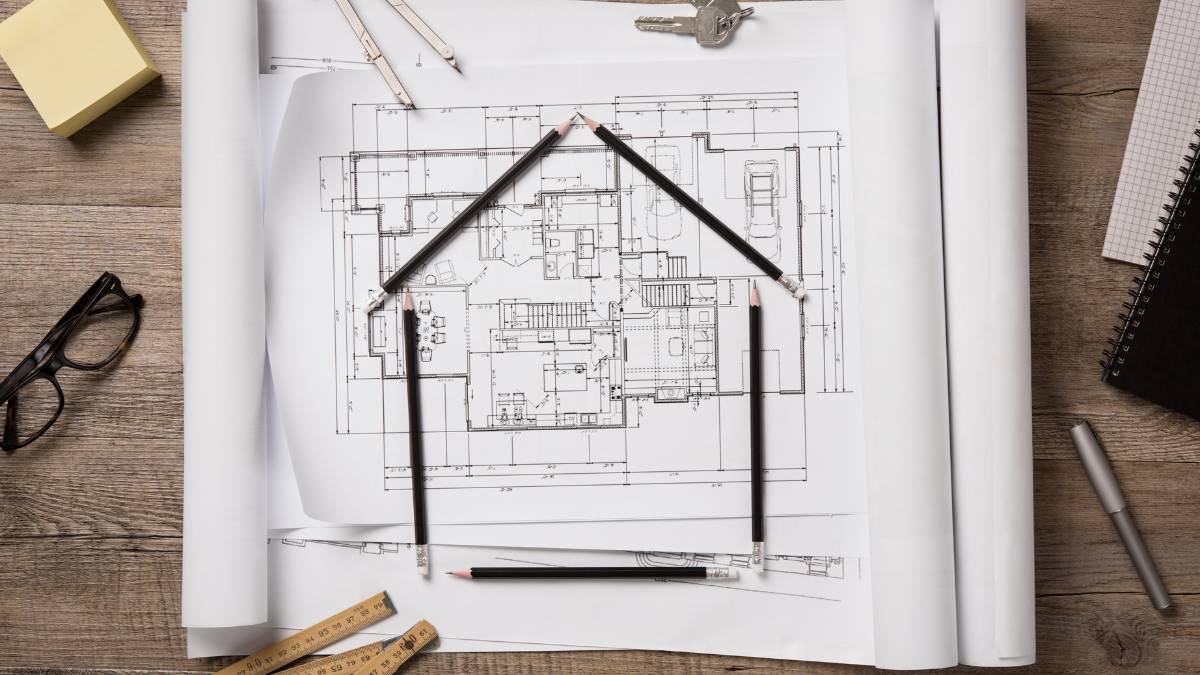Last Updated on December 17, 2023 by Kravelv Spiegel
Home improvement projects are exciting ventures, but the prospect of hefty costs can overshadow the thrill of creating your dream space. Limited financial resources shouldn’t prevent you from upgrading your home, though. There are practical and savvy strategies that can help you save money without compromising quality. Here are four ways to save some dough on your home improvement efforts.
1. Research and Compare Your Options
You want to have all the necessary information before starting your next home project, including thorough price comparisons. For instance, if you’re remodeling your kitchen, investigate prices for everything on your wishlist. Visit different stores online and in person to compare the costs of the materials you require.
Next, you’ll need to find well-qualified yet affordable professionals for the job. Before hiring anyone to work on your home, ask local friends and family for recommendations and comb through online reviews. Have multiple contractors come out to give you quotes on your project, which they’ll typically do free of charge.
You might also research different approaches for completing your project. For instance, you may be able to rent rather than buy various project necessities. Some communities have tool closets where you can rent out the tools you need instead of going out and making a pricey purchase. You could even lease certain home upgrades instead of paying large upfront costs. Solar installation, for example, can be more achievable for some homeowners if they lease solar panels instead of buying them.
2. Do It Yourself
Taking a do-it-yourself approach can allow you to save major bucks on your home improvement endeavors. Instead of hiring a contractor or professional, you can literally take matters into your own hands. Thanks to the wealth of online video tutorials, becoming a DIY master is more attainable than ever.
Start small with simpler tasks and work your way up to more challenging projects as you build your skill set. Painting a room is a great starting point for beginners looking to gauge their abilities on a relatively easy task. Sewing curtains or Roman shades is also within the realm of possibility for most home seamstresses.
While DIY is great for some projects, it isn’t recommended for everything. For example, you may have no difficulty laying new flooring and painting during a bathroom remodel. However, a plumber will likely need to come out to handle tasks like moving pipes or reconfiguring fixtures. Engaging a professional from the start can save money in the long run, as attempting projects beyond your reach could cause costly damages.
3. Prioritize and Take a Phased Approach
Adopting a realistic mindset is essential when taking on any home renovation. You can’t expect to get everything done at once, so start by accepting that things will likely take some time. It’s smart to tackle the most essential or cost-effective tasks first, making your way from there.
You’ll want to prioritize projects that take care of immediate needs, such as repairs or vital maintenance. This approach can prevent damage to your home and further expenses down the line. So if you have a leak or functionality issue in your bathroom, for example, that’s likely the best place to start.
Dividing bigger projects into smaller, more manageable phases can prevent you — and your bank account — from becoming overwhelmed. If you’re tackling a kitchen remodel, maybe you start with painting or changing out hardware. More significant improvements, like new countertops or appliances, could be added as your capacity allows. Taking your time this way also enables you to reevaluate your priorities and budget between phases. You’ll be able to adjust any plans due to changed circumstances or newly identified needs.
4. Reuse and Recycle
If you really want to keep your costs low, find ways to get a little scrappy. Embracing the reuse-and-recycle mentality can save you more than a few dollars on your home improvement ventures. Reusing materials from a previous remodel or repurposing what you already have can eliminate the need to buy new items.
Maybe you have some paint, fabric, or tile from a past project that will work well in your current one. You could also reach out to friends or neighbors to see whether they have any leftover supplies you can take off their hands. Adopting this resourceful mentality can be a cost-effective strategy in many areas of your life.
If friends and neighbors can’t hook you up with what you need, try other accessible sources of leftover materials. Secondhand stores, Habitat ReStores, salvage yards, and online marketplaces like Facebook can be gold mines for savings. These outlets can offer a range of useful items like appliances, building supplies, fixtures, and decor pieces. Shopping this way saves you money and contributes to environmental sustainability by reducing demand for new products. Reclaimed materials can also add character and uniqueness to your renovations.
Saving Money on Your Dream Home
Working toward the home of your dreams doesn’t have to break the bank. You can transform your space while staying on budget by implementing the savvy saving strategies outlined above. Approach each phase of your home improvement journey confidently, remembering your dream home can become a reality with persistence and creativity. Throughout the process, find peace in knowing a stylish and comfortable home is within reach without compromising your financial well-being.

